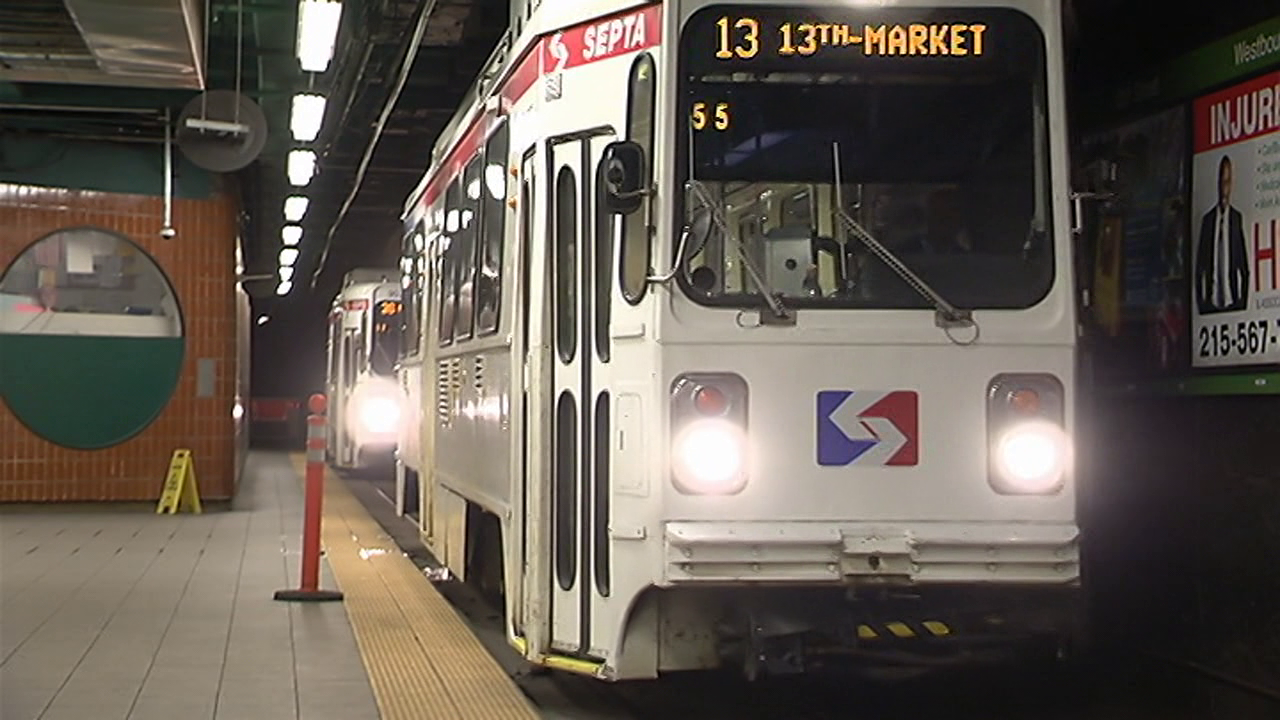

Passengers may transfer free of charge to the Market–Frankford Line at 13th, 15th, and 30th Streets, as well as to the Broad Street Line at 15th Street. From 15th to 30th Streets, they run in the same tunnel as SEPTA's Market–Frankford Line, which runs express on the inner tracks while the trolleys utilize the outer ones. Starting from their eastern terminus at 13th Street station near City Hall, the trolleys loop around in a tunnel under City Hall before stopping under Dilworth Park at 15th Street station and then realign back under Market Street.Īll five routes also stop at 19th Street, 22nd Street, 30th Street, and 33rd Street, which are all underground stations. The subway opened for passenger service December 15, 1906. However, the subway–surface cars are single-ended and use trolley poles, while the suburban lines use double ended cars and pantographs for power collection. The cars are similar to those on Routes 101 and 102 100 series, SEPTA's suburban trolley routes, which were delivered around the same time. The lines use Kawasaki Type K LRVs delivered in 1981–82. Where Boston and San Francisco's systems use longer, articulated LRT vehicles, Philadelphia uses rigid vehicles roughly 4 feet (1,219 mm) longer than the PCC streetcar they replaced. It also shares many similarities with the premetro and stadtbahn systems of continental Europe.


Like Boston's Green Line and San Francisco's Muni Metro, the SEPTA trolley line is the descendant of a pre- World War II streetcar system. SEPTA's Route 15, the Girard Avenue Line, is another streetcar line that is designated green on route maps but is not part of the subway–surface system. The lines, Routes 10, 11, 13, 34, and 36, collectively operate on about 39.6 miles (63.7 km) of route. The SEPTA subway–surface trolley lines are a collection of five SEPTA trolley lines that operate on street-level tracks in West Philadelphia and Delaware County, Pennsylvania, and also underneath Market Street in Philadelphia's Center City.


 0 kommentar(er)
0 kommentar(er)
